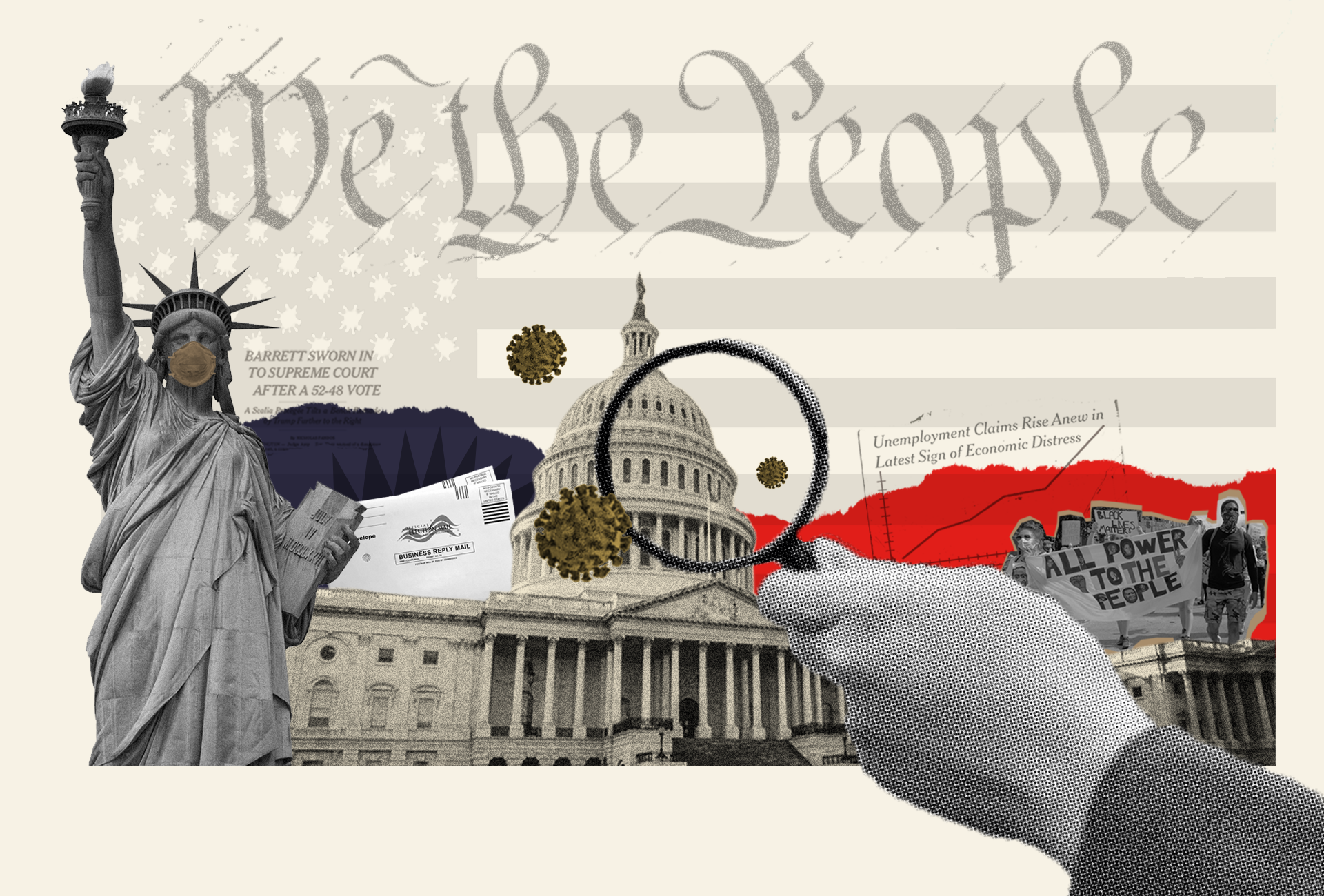Strange and uncertain don’t even begin to describe the year that we are having, let alone the future that lies before us.
With the 2020 election just days away, many people have already made up their minds how they’re voting. Chances are, nothing I write here will change your mind on who you’re voting for or whether you’ll be happy with the outcome, but it might change what you’re thinking about as we move past the election.
To understand the greatest issues facing our country and the 2020 president-elect over the next four years, I talked to various experts throughout the College of Liberal Arts at The University of Texas at Austin. We discussed how the pandemic has changed our lives, how tiring Zoom calls can be, and how we’re gardening, knitting and baking more than ever before. But most importantly, we talked about the health crises, racism, the faltering economy and our divisive officials.
We talked about how some issues, like the pandemic, take us through uncharted territory, while others, like inequity and police brutality, are ones we’ve encountered over and over again. Our experts are in overwhelming agreement, if we want something better, we have to be better.
The conversations I had with each of them are detailed below, along with the audio from each interview:
The Pandemic
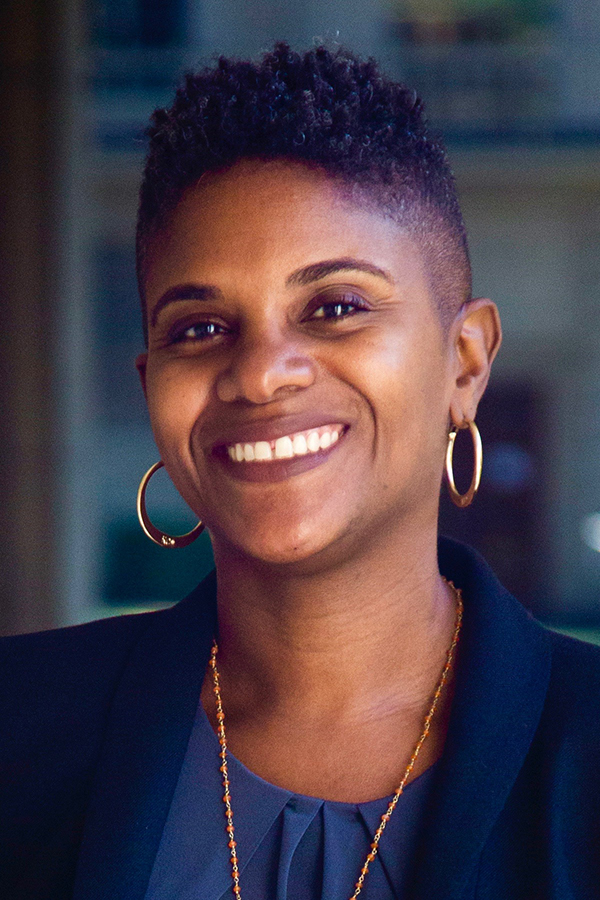
Interview with Bridget Goosby, professor of sociology, and faculty research associate and director of the predoctoral training program in the Population Research Center
By now, nearly 40 million people in the world have been infected and 217,000 Americans have died of COVID-19. But for some, it’s only going to get worse.
According to the Centers for Disease Control and Prevention, Black, Latinx and native persons are all more than twice as likely to contract the coronavirus and nearly five times more likely to be hospitalized; Black people are also twice as likely to die from it.
“We’ve got a swath of the population that’s going to be scarred with this that is already less wealthy and less healthy,” says sociologist Bridget Goosby, who studies how racism and discrimination make people more vulnerable to chronic diseases and early death.
“I think one of the grandest challenges of the next four years is going to be addressing the fallout that we’re going to see and the differential population mortality rates,” she adds. “It’s not clear to me, without changing policies around a number of different sectors, that we are going to be able to fix this in any way that we can have a healthy, functioning society as a whole.”
She explains how racism is embedded in our society, how it has shaped the opportunities available to and life outcomes experienced by African Americans across generations, from slavery, to Jim Crow, to now.
“It’s hard to understate how significant it is for us to risk life and limb during the pandemic for our democracy; to vote like our lives depend on it, because they do.”
Bridget Goosby
Take segregation for example. While redlining is a thing of the past, younger generations of Black people are still more likely to grow up in more polluted, highly surveilled communities with less access to resources, such as quality health care or education.
These “structural stressors,” she calls them, are layered with the daily stress of interpersonal racism and discrimination, compounding into “an unrelenting level of stressors and exposures and structures,” Goosby describes. “And so, when Black folks survive, and they thrive, it is an epic accomplishment.”
But it shouldn’t have to be this way — especially not if we believe in equal opportunity and equal protections for all. But how do we even begin to level this playing field? Goosby says we have to stop being “reactive” in our policy solutions, like we have been with COVID-19, and start addressing inequities at their source.
How about improving worker’s rights for those on the pandemic’s frontlines? African Americans and other marginalized groups are more likely to be working in service and care positions with a heightened risk of exposure to COVID-19 and no option to take time-off or work from home.
“These are the people who help our society run but aren’t being supported. Could we start changing policies around sick leave?” she asks.
We’ll also have to work to reshape cultural attitudes. That starts with reducing the stigma forced on these vulnerable communities. For example, comments like those made by the Surgeon General Jerome M. Adams toward communities of color to stop smoking and drinking to reduce their rising risk for the virus “confirm distrust in the medical establishment,” Goosby says.
“As if it’s their fault that they’re experiencing it. This underlying attitude, that there are these preconceived things about African Americans that lead them to be more prone to disease, is patently false and based in bias,” she argues.
To move forward, we need to support policies and politicians that realize the bigger picture. Without understanding how systems and behaviors shape people’s health outcomes, we can’t generate any solid solutions in reducing inequities in the U.S.
“It’s hard to understate how significant it is for us to risk life and limb during the pandemic for our democracy; to vote like our lives depend on it, because they do,” Goosby says.
Voting Rights and Civil Rights
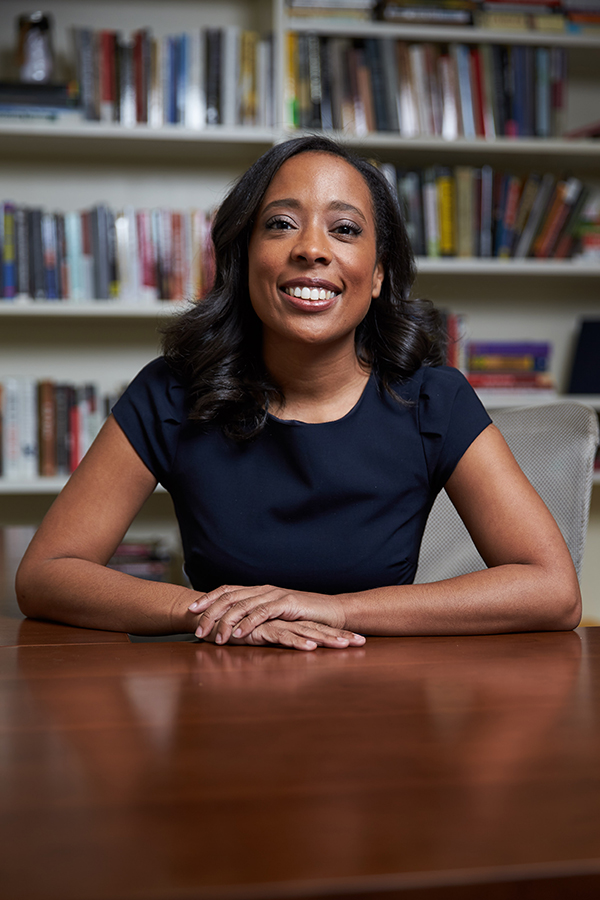
Interview with Ashley D. Farmer, assistant professor of history and African and African diaspora studies
Voter disenfranchisement is another crises on the rise in the U.S., especially since the 2013 Supreme Court case of Shelby County v. Holder.
The decision stripped the Voting Rights Act of 1965 of its Section 5, which required voting changes to be pre-approved before they could be implemented. These included changes in eligibility requirements, candidate qualifications, polling locations, etc.
It was a huge step backward from the progress Civil Rights activists had fought and died for just 50 years prior. Since the 2013 ruling, efforts have increased in redistricting on racial lines, removing or closing poll locations, and even implementing “something a kin to a poll tax” — if you’ve been keeping up with the news in Florida, says historian Ashley Farmer.
“If you study Black history, you learn that a lot of our history in this country is making sure that these ideas about citizenship, justice, voting rights, civil rights are always incorporated into national political conversations and debates about the direction of this country,” she says.
And if history can teach us anything, it’s that with progress, comes pushback.
“I don’t think it’s surprising that we had a Black president, a woman almost become president and now we’re seeing some rollbacks of rights and even more discrimination. History teaches us that this is the cycle that happens when minority populations advance,” Farmer explains.
The killing of George Floyd on May 25, 2020 and the ensuing protests brought issues of discrimination across the U.S., particularly at the hands of police officers, to the forefront. But this isn’t a new fight for Black folks, Farmer stresses. People, Black women in particular, have been organizing against these injustices, and others described by the Black Lives Matter movement, at the grassroots level for years.
“You have to want democracy, you have to want to engage it, and you have to be willing to fight for it.”
Ashley Farmer
“What is new is that we have cameras and social media that allow things that have been happening for more than a century to come to light. This makes it even harder for people to ignore. When week after week after week you wake up to a hashtag, you start to see racism and state-sanctioned violence as systemic issues and understand why people are organizing to change it,” describes Farmer, author of Remaking Black Power: How Black Women Transformed an Era.
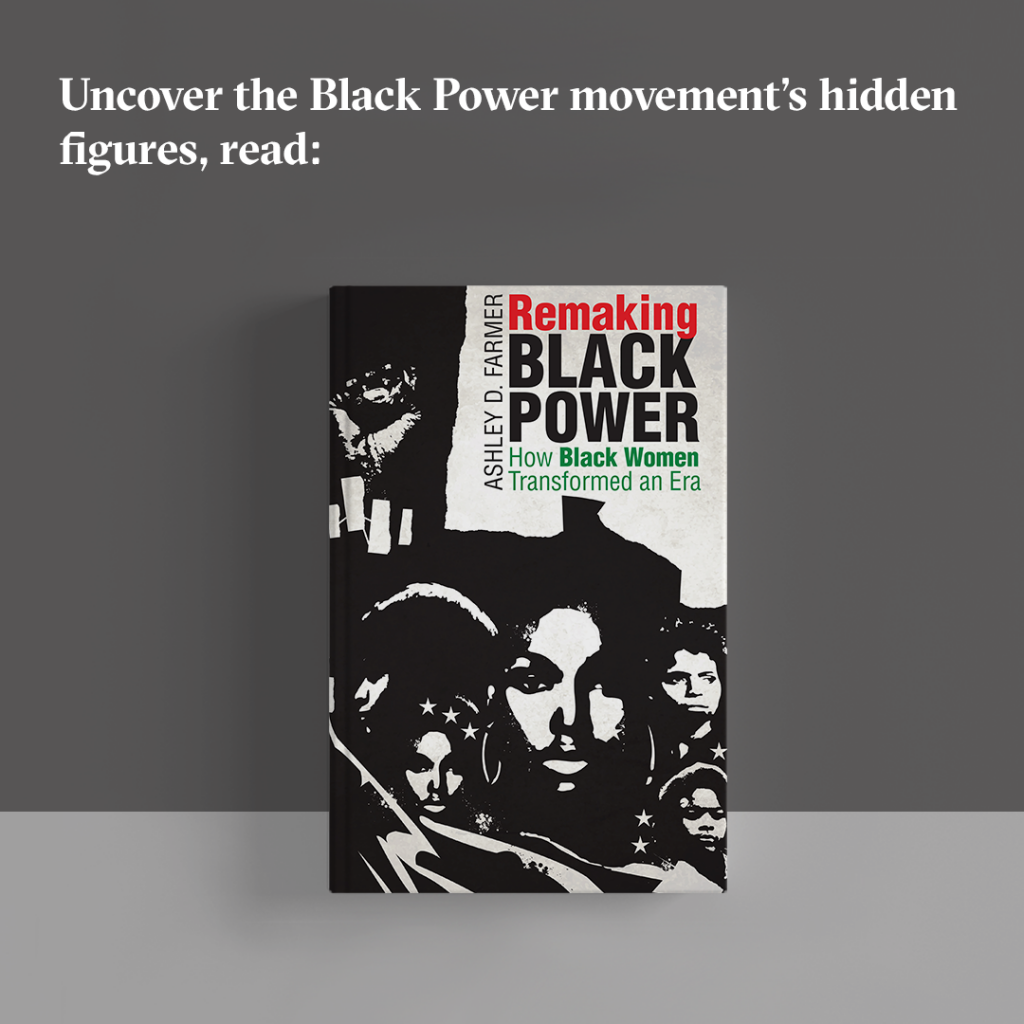
But this movement looks a little bit different than the past, she explains — there’s no Malcom X, no Dr. King, no “great man” that has to bear the burden of everyone’s hopes and expectations. Instead, the force is driven by a collective voice of grassroots activists, a strategy that could make the movement stronger against the age-old criticisms hurled its way.
“Typically, one of the key strategies both today and in protests of the past is framing any push toward civil rights as inherently violent or inherently anti-another group,” Farmer explains, pointing out that when Dr. Martin Luther King Jr. was asking to desegregate schools or allow Black people in restaurants, he was called radical and accused of stirring up violence, too.
These sentiments ultimately stem from a fear of change, she describes. And while it can be disheartening to see the ways that fear has played out in our history, it’s important to study these mirroring moments to understand how people of the past worked through some of the “overarching systems of oppression that we keep running up against,” Farmer argues.
History can provide context for where people are coming from when they start to make what seems like a “radical push” against injustice. It can offer hope when we learn about past organizing successes or almost successes and provide a sort-of blueprint for how we might move forward, she says.
“We often think of America, the Constitution or citizenship as permanent ideas or entities established in the American Revolution versus ideas that are malleable, in flux, and have to be maintained, adjusted, re-adhered to and reasserted,” Farmer says. “But history shows us that a blind faith in ideas like democracy and ‘America’ at large doesn’t quite work. You have to want democracy, you have to want to engage it, and you have to be willing to fight for it.”
The Economy
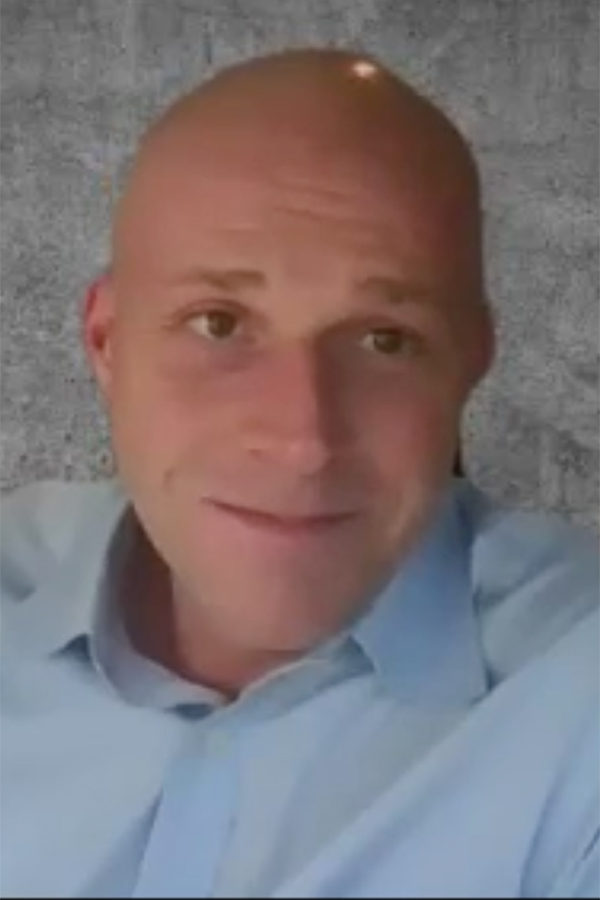
Interview with Olivier Coibion, professor of economics
Before the pandemic, we were doing pretty well — economically speaking.
“We’ve had a very long period of positive economic growth since the last recession, the longest expansion that we’ve had in a long, long time,” says Olivier Coibion, UT Austin economics professor. “It was finally starting to pay dividends in terms of seeing increases in wages across the population.”
Things were getting better year after year. And after a decade of increases, people’s standards-of-living were also improving, Coibion describes. But then, the pandemic marked a “dramatic turnaround” — to say the least.
“It has been the greatest macro-economic shock that we’ve experienced since the Great Depression,” he says. “The speed and severity of this slump has no historical comparison for us.”
The federal government was quick to react, “by historical standards,” to ease the blow and induce spending. It designed a $2.8 trillion relief package, part of which involved sending out 159 million checks to U.S. households — a total of $265 billion directly into pockets of Americans. But if the goal of these checks was to incentivize spending, it didn’t work.
“Only about 40% of the stimulus checks were actually spent in the three months following,” says Coibion, co-author on a study by the National Bureau of Economic Research that found that 27% of the funds were saved and 31% went toward personal debts.
There are a couple reasons as to why stimulus spending was so low, Coibion suggests: One, the things people wanted to spend money on, such as going out to dinner or traveling, were closed or extremely limited. And two, the stimulus checks were “quite large,” compared to previous checks. So, it’s not surprising that people would want to save a bit — especially when the average American is $51,900 in debt and isn’t sure how bad things might get.
“It has been the greatest macro-economic shock that we’ve experienced since the Great Depression.”
Olivier Coibion
In another attempt to incentivize spending, the Federal Reserve put a plan in place to manipulate inflation rates with the announcement of its “average inflation-targeting” strategy this summer. Because the Federal Reserve tries to keep price increases (read: inflation) at 2% each year, the new strategy aims to make up for our current downward slump and stagnant pricing by pushing inflation rates even higher for an extended period of time in the future.
The idea was that if people knew things were only going to get more expensive in the future, they’d spend more now. But the central bank’s announcement was met by mostly crickets and confusion, according to another survey Coibion conducted.
“At this point, from an economic point of view, it’s mostly a matter for the federal government to provide enough support to keep spending as high as it can be and to try and sustain those businesses that are going to continue to be severely hampered by the presence of the pandemic, and of course trying to make the pandemic go away as quickly as possible,” he reasons.
For some economic sectors, such as transportation, hotels, movies or even retail, the road to recovery could be insurmountable. And by the time it’s all over, there might not be enough firms to produce the goods and services at the rate they were being consumed pre-pandemic, Coibion warns.
The same is true for states that are suffering severe economic crises and may soon face the decision of lay-offs in necessary sectors like education and public safety. “We’re still feeling the immediate consequences of the pandemic, and the more it drags on the more you have to worry about the long-run effects on the economy that this will have,” he says.
Our Leaders
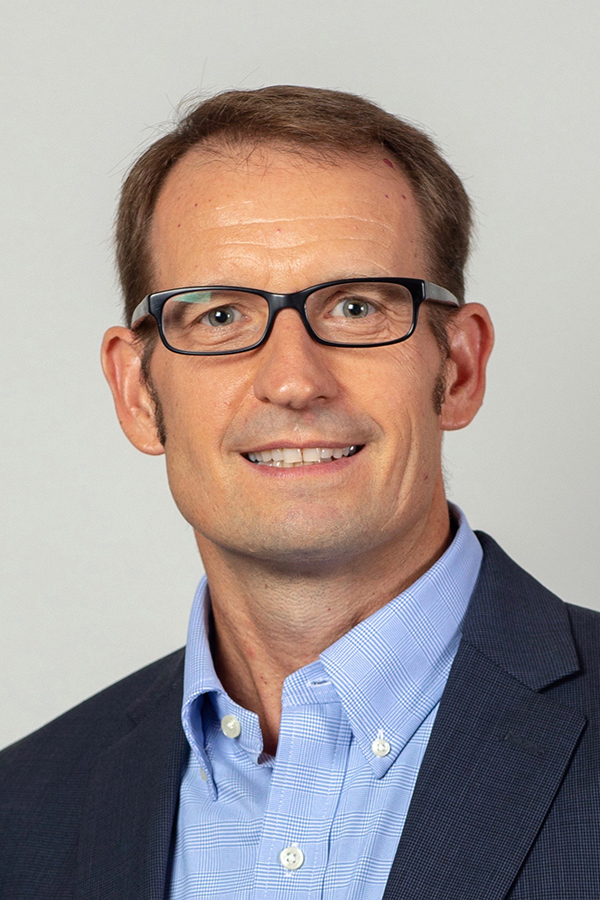
Interview with Sean Theriault, University Distinguished Teaching Professor of Government
We might wonder how much faster additional stimulus from the feds might have come had it not been an election year.
In March, Congress was able to work together to pass huge pieces of legislation. With very few people voting no, they allocated nearly $2.8 trillion in funds for vaccine research, COVID-19 testing, state and local government support, unemployment and small business aid, family assistance, etc. But as the crises drug on, the election started to take over as did the partisan war.
“It started meaning that to pass things would mean that this person could claim credit instead of that person. And so, Congress lost its focus. The old partisan fights start reframing the crisis that we’re in. And we lost that moment,” says congressional studies expert Sean Theriault.
With Congress’s failure to come to a consensus, the president took executive action to provide additional COVID-19 relief, using disaster relief funds to support Americans on unemployment, postponing required payments and interest on student loans, helping renters and homeowners avoid evictions and foreclosures, and deferring payroll taxes for those earning less than $100k.
“Congress is handing its power to the Executive Branch,” says Theriault, pointing out that this trend precedes the response to the current pandemic. “Because Congress has gotten so used to giving away so much of its authority, it’s not going to be able to respond as quickly as the American public expects, and the approval ratings of Congress are going to get lower and lower.”
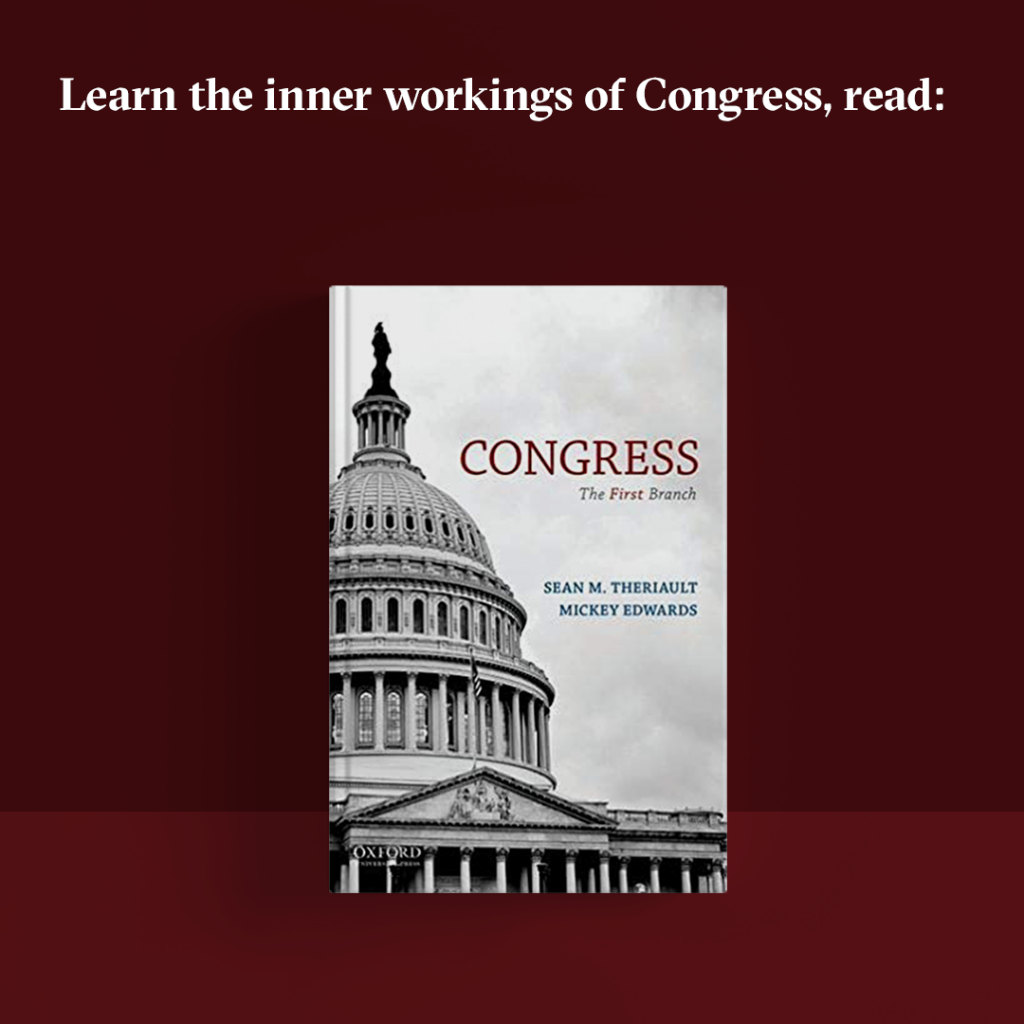
In a new class offered this semester, Theriault explores local, state, national and international government responses to the COVID-19 crises with 25 UT Austin students and 25 Science Po Lyon students. In their online classroom, they share their own relationship to the virus and discuss how public officials have responded, as well as the health, racial and economic consequences of the pandemic.
“I love that we’ve created an intellectual room for them to experience what they’re feeling at a chromosomal level, and we’re able to provide a structure and understanding of not only what’s happening in their personal life, but in the world in which we’re living.”
Sean Theriault
“I love that we’ve created an intellectual room for them to experience what they’re feeling at a chromosomal level, and we’re able to provide a structure and understanding of not only what’s happening in their personal life, but in the world in which we’re living,” Theriault says.
By sharing their own experiences while discussing the function of governing institutions, students come to terms with why the pandemic played out one way in France — which was only the third region to be hit by the virus and had to wrestle with questions other country’s didn’t even know need to be asked — and another way in the U.S., which is organized under a federalist system that doesn’t depend on one central government to make the rules for every state.
These conversations, Theriault hopes, push students to think less about who is to blame for the different issues each country is facing and think more about how to move forward knowing how their institutions work.
“I think that any time you start trying to figure out where the problem came from and who’s to blame for the conditions that we are in today, it just becomes infinitely regressive and you never get to the solutions,” says Theriault, who encourages his students to become and support political actors who are “problem solvers, rather than problem creators.”
“Elected officials are strategic actors. So, they’re going to respond to what they think their constituents want,” Theriault reasons. “If their constituents want a bunch of flame-throwers and problem creators and people that stand in the way of progress and people that demand that the other side meet 100% of their demands and we never get anywhere, then that’s the Congress that we’re going to get. And, quite frankly, that’s the Congress we have.”
The President
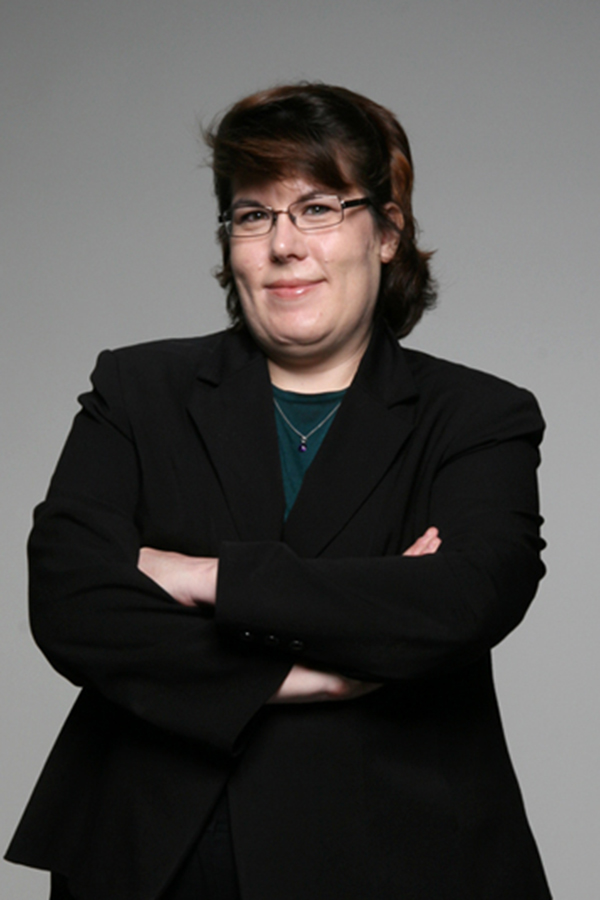
Interview with Shannon Bow O’Brien, assistant professor of instruction in government
In some ways, Donald Trump has been training for this conflict-ridden election since he brought Wrestlemania 4 to the Trump Plaza Hotel and Casino in Atlantic City in 1988.
While some politicians were polishing their chops on the debate team, Donald Trump was cutting his teeth in the center of the ring. As recently as 2007, the president was duking it out against World Wrestling Entertainment CEO Vince McMahon in the Battle of the Billionaires during Wrestlmania 23. That night, after body slamming McMahon ring-side, Trump took home the victory, earning the honor of shaving McMahon’s head to the sounds of a roaring crowd.
“From a wrestling point-of-view it doesn’t matter if the crowd is screaming with joy or screaming in anger. You’ve done your job. You’ve gotten that emotional reaction out of them,” says Shannon Bow O’Brien, a presidential studies expert.
She’s the author of Donald Trump and the Kayfabe Presidency: Professional Wrestling Rhetoric in the White House, which argues that much of Trump’s public persona reflects the nature of wrestling’s over-the-top characters.

“I think that Donald Trump is a good student of wrestling. He likes the engagement. He likes the battle. He never apologizes. He always antagonizes,” she explains. “In wrestling, apologizing is a position of weakness. The more forcefully you argue something, the more truthful it is. Sarcasm is accepted. Ruthlessness is accepted.”
Like theater, wrestling events captivate their audiences through storytelling, most of which are hyperbolic and move quickly to get from beginning to end in a matter of hours. And then the next night, it starts all over again — maybe this time with new villains, new heroes.
“Life’s not like that. Life is long. Life is messy,” says O’Brien. So, when these sorts of histrionics show up in debates, rallies or addresses, it creates a confusion of theatrical norms in a public space, she describes, which can be dangerous when coming from an opinion leader who sets the tone for what’s acceptable and not acceptable.
“The president’s job is to make us feel like somebody’s got our backs, somebody’s there and somebody is looking out for us. The way they approach these things and the way they talk about them is critically important.”
Shannon Bow O’Brien
“Rhetoric matters when we respond to crises,” she says. “The president’s job is to make us feel like somebody’s got our backs, somebody’s there and somebody is looking out for us. The way they approach these things and the way they talk about them is critically important.”
Our leader’s words have the power to either draw lines in the sand or create space for others to have conversations and come up with solutions.
“There’s a lot of not-to-dos,” O’Brien laughs, hesitating to offer any exemplary cases of how a president handled crises well in the past. She points out that most government responses to crises tend to be controversial: “In some ways it’s a no-win.”
For example, you could argue that solving our current economic crisis with an approach similar to the New Deal would be effective, she says, but then you’d have people telling you how that’s too far of a government overreach. She also recalls 9/11, applauding the initial and rapid response by then-Vice President Dick Cheney and then-Secretary of Defense Donald Rumsfeld, who actually wrote the specific crisis response strategy in the 1980s that was put into action that day.
We can criticize what happened after, she says, but at that time the right people were in power to get everything into motion quickly.
“We have to remember that our leaders are people. And they’re trying to organize this giant bureaucracy and there’s moments of them being good and there’s moments of them that could be better,” O’Brien offers. “I appreciate the ones that take the burden, but they also understand the weight of that burden.”
So, when thinking about who should lead our country through these strange and uncertain times, “we should think about the America that we want,” she advises.
“Whoever we elect has to focus on making us see America, rather than this part of America or that part of America,” O’Brien says. “It’s not about the entertainment. It’s about the America we want to see, and actualized and pushed forward because of the power that they have as our leaders and as the people who create the agenda of things that we think about and talk about.”
